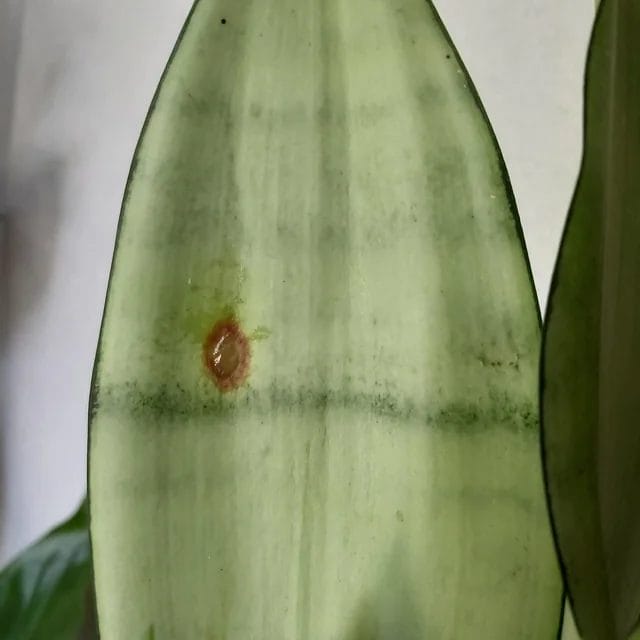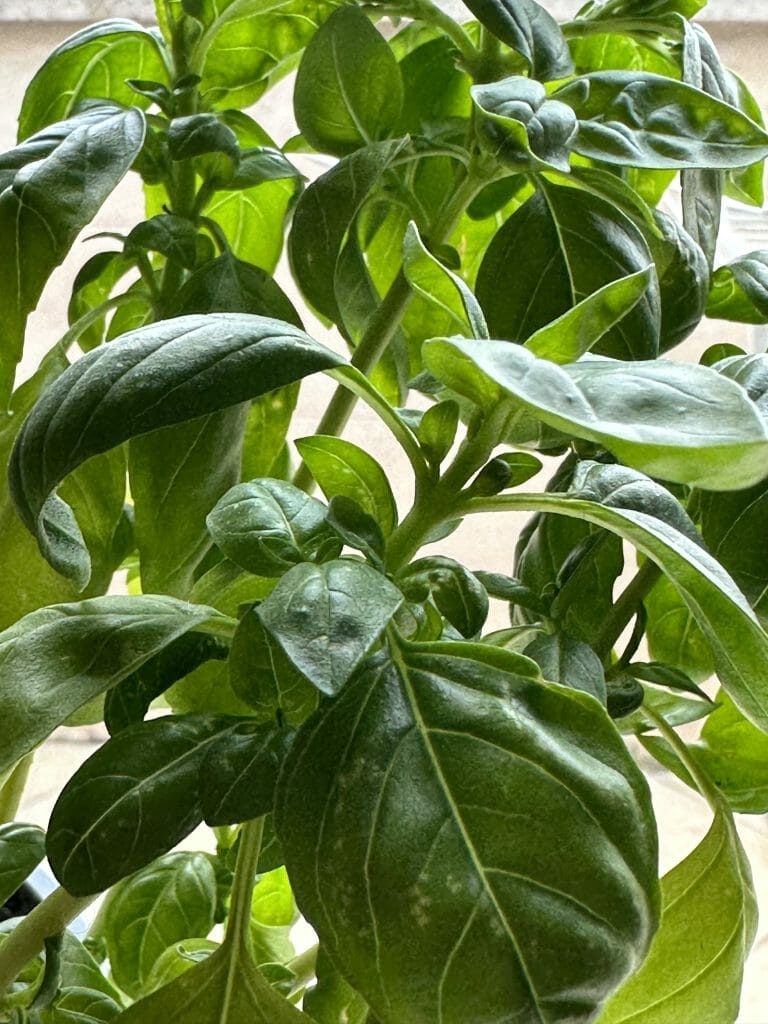Why Do Lettuce Leaves Turn Yellow?

Don’t let your lettuce leave you yellow with worry! Discover the common causes and solutions for yellow lettuce leaves in this handy gardening guide. From underwatering to overwatering, nutrient deficiencies to pests, we’ve got you covered on diagnosing and treating yellowing leaves. With the right care, your lettuce can thrive from planting to harvest.
Learn the signs of stress, how to adjust sun, soil, and moisture, and tips to keep your lettuce happy even in hot weather. Find out why older leaves are yellow first and how to prevent the spread. Get the lowdown on fertilizing, drainage, and more.
Arm yourself with the knowledge to grow lush, healthy lettuce. Don’t let yellow leaves stop you from reaping bountiful, beautiful harvests. Dig in to discover the secrets to keeping your lettuce leaves green and gorgeous!
Overwatering Causes Yellow and Wilting Lettuce Leaves
Overwatering is one of the most common reasons for yellow, wilted, or drooping lettuce leaves. Lettuce needs consistent moisture but not soggy soil. Too much water damages the roots and prevents the plant from getting oxygen and nutrients.
Signs of an Overwatered Lettuce Plant
- Leaves turn yellow or brown, starting from the center or lower leaves.
- Leaves wilt, droop, or become limp even when soil is wet.
- Foliage appears unhealthy or stunted.
- Roots may be brown, mushy or rotten.
Why Too Much Water Harms Lettuce
- Excess moisture pushes air out of the soil, suffocating the roots.
- Waterlogged soil leads to fungal root diseases like root rot.
- Damaged roots cannot take up nutrients, leading to deficiencies.
- Lack of nutrients like nitrogen causes the leaves to turn yellow.
Solutions for Overwatered Lettuce
- Allow soil to dry out between waterings partially.
- Check soil moisture before watering. Insert a finger into the soil to test.
- Improve drainage by amending soil with compost or perlite.
- Plant lettuce in containers with drainage holes to prevent wet soil.
- Reduce watering frequency and amount.
You can avoid overwatered lettuce plants by adjusting your watering technique and improving drainage. Check for signs of wet soil like wilting and yellow leaves. Let the soil dry before saturating again. Proper moisture management prevents root issues and keeps lettuce green and healthy.
Underwatering Causes Lettuce Leaves to Turn Yellow and Wilt
Not providing enough water is another common cause of yellow, wilted lettuce leaves. Lettuce needs consistent moisture in the soil. Underwatering leads to drought stress, preventing the plant from taking up essential nutrients.
Signs of an Underwatered Lettuce Plant
- Leaves turn yellow or brown, starting with lower and older leaves.
- Leaves wilt, droop, or become limp even when it’s not hot.
- Growth is stunted.
- The plant appears dried out or shriveled.
Why Too Little Water Harms Lettuce
- Lack of moisture makes it hard for the plant to absorb nutrients from the soil.
- Dehydration causes the leaves to lose turgor pressure and wilt.
- Important minerals like nitrogen get depleted without adequate water.
- Deficiencies in nitrogen lead to yellowing of the older leaves first.
Solutions for Underwatered Lettuce
- Water deeply when the top inch of soil becomes dry.
- Check soil moisture before watering by inserting your finger.
- Water lettuce frequently, at least 1-2 inches per week.
- Use drip irrigation or soaker hoses to maintain optimal moisture.
- Mulch around the plant to retain moisture longer.
By watering lettuce deeply and frequently enough, you can prevent underwatering issues. Check for dry, wilted, yellow leaves as a sign to increase watering. Proper moisture prevents drought stress and nutrient deficiencies, leading to healthy, green lettuce.
Nutrient Deficiencies Cause Lettuce Leaves Turning Yellow
Lettuce needs certain essential nutrients like nitrogen, iron, and magnesium to stay green and healthy. When the soil lacks these important minerals, it leads to deficiencies that cause the leaves to turn yellow.
Nitrogen is the nutrient most often deficient in lettuce plants. Lettuce is a leafy green that requires high nitrogen levels to produce chlorophyll and grow.
Without adequate nitrogen, the older outer leaves will turn yellow first. The yellowing starts at the tips and edges, eventually spreading throughout the leaf. This differs from overwatering, where the lowest leaves turn yellow first.Other nutrient shortages can also cause yellow lettuce leaves. A lack of iron leads to interveinal chlorosis – yellowing between the veins starting on younger leaves. Magnesium deficiency causes yellow spots on older leaves. Manganese deficiency turns the leaves pale yellow with dead spots.
Soil pH affects nutrient availability. Lettuce prefers slightly acidic soil around 6.5 pH. Alkaline soil above 7 pH ties up iron, manganese, zinc and other minerals.
Test soil to ensure it falls within the optimal range.
Fertilizing with an utterly balanced fertilizer provides lettuce with the essential nutrients it needs. Overfertilizing can damage plants, so follow package directions. Applying smaller amounts of fertilizer more frequently than heavy doses is better.
Regularly testing and amending your soil as needed can prevent nutrient deficiencies in lettuce. Look for signs of yellowing on older leaves and address any shortages promptly with an appropriate fertilizer to keep your lettuce thriving.
Hot Weather and Excess Sunlight
Lettuce prefers cool temperatures and partial shade. Exposure to hot weather and intense sunlight often leads to yellowing of the leaves. Lettuce is prone to bolting and bitterness as temperatures rise. The hot sun can scorch the foliage, especially the older outer leaves. Signs of heat and light stress include:
- Yellowing of leaf tips, margins, and older leaves
- Wilting or drooping, even when well-watered
- Bitter taste
- Bolting – rapid growth of the central stalk
- White or burnt spots on leaves
- Stunted growth
Lettuce grows best in the cool weather of spring and fall. Once temperatures reach 80°F, lettuce becomes stressed. It prefers daytime temperatures of 60-70°F. Prolonged heat causes the plant to bolt and set seed, becoming bitter and inedible. The sun’s intensity and duration also impact lettuce. Hot afternoon sun can damage leaves. Lettuce thrives with only 4-6 hours of gentle sunlight per day. Filtered light is ideal.To prevent heat and light issues:
- Plant lettuce in partial or filtered shade. Use shade cloth if needed.
- Provide afternoon shade when temperatures climb.
- Use mulch to keep roots cool.
- Ensure adequate moisture to prevent wilting.
- Harvest lettuce promptly in warm weather before bolting occurs.
You can continue growing lettuce successfully through the summer with protection from intense sun and heat. Monitor for signs of stress and adjust to filter the light and keep the plant cool.
Pests and Diseases Lead to Yellowing
Insect pests like aphids feed on the leaves, causing yellow spots and distorted growth. Fungal diseases such as leaf spots also turn leaves yellow or brown. Identify and treat any pest or disease issues promptly.By understanding the potential causes, you can properly diagnose and treat yellow lettuce leaves by adjusting water, nutrients, sunlight, and pest management.






